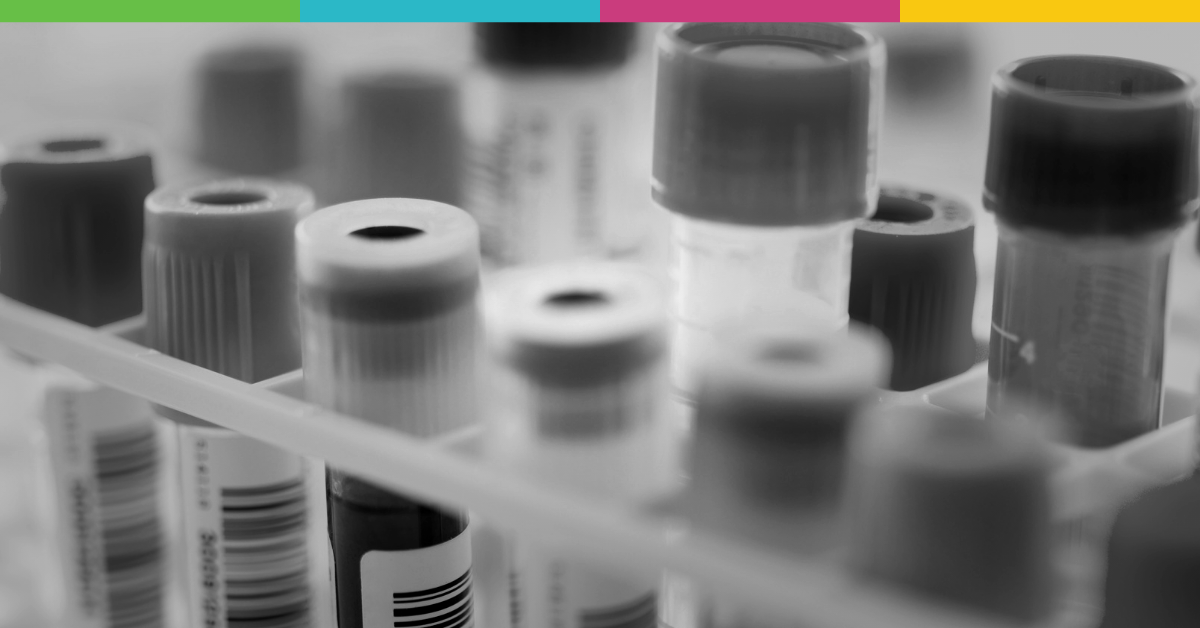Lab Data in Clinical Research: 4 Ways It Drives Better Outcomes
While most life sciences teams know the value of real-world data (RWD) from claims and electronic health records (EHR), lab data adds unique and timely insights. It can pinpoint ideal trial sites, reveal optimal participants, monitor patient safety beyond the trial, and support synthetic control arms in near real time. With results from both Labcorp and Quest Diagnostics, representing about 60% of the U.S. outpatient market, HealthVerity enables researchers to build more complete patient journeys and accelerate discovery.
1. Unlock the Ideal Clinical Trial Site Selection
Lab data goes beyond claims and EHR by showing actual test results, not just orders. This allows researchers to:
-
Identify physicians and investigator sites treating patients with specific biomarkers, diagnoses, or lab-confirmed conditions.
-
Map disease spread in near real time to target recruitment efforts efficiently.
Example:
For an RSV study, HealthVerity helped a major pharma company track disease activity using near real-time lab results. This guided trial site selection, identified qualified healthcare providers, and revealed RSV–COVID interactions.
2. Reveal Optimal Participants for Studies
Lab results provide quantitative proof that patients meet study criteria, especially important for rare diseases or cases of misdiagnosis.
-
EMRs often store lab reports as PDFs without sharable structured data.
-
Lab data overcomes this by enabling HIPAA-compliant discovery of de-identified patients.
Example:
Hypophosphatasia (HPP), a rare genetic disorder, can be identified through a low alkaline phosphatase (ALP) level, a marker not easily found in EMRs but readily captured in lab datasets.
3. See Beyond the Investigator’s View
Investigators typically rely on patient-reported updates and in-trial monitoring. Lab data:
-
Reveals care delivered outside the trial.
-
Tracks comorbid conditions and potential safety issues.
Example:
In a hypertension trial with diabetic patients, lab data could show rising A1C levels, a safety signal worth investigating.
4. Power Synthetic Control Arms in Near Real Time
When using a synthetic control arm, speed matters.
-
Lab data is available within days to a week.
-
EHR and payer data can lag weeks to months.
Example:
During COVID-19 vaccine development, HealthVerity provided Janssen with a national COVID cohort, linking de-identified trial data with real-world lab results. This accelerated variant tracking, efficacy assessment, and safety monitoring across millions.
Why HealthVerity Lab Data Stands Out
-
Access to results from Labcorp and Quest Diagnostics plus genomic and pathology labs.
-
Covers ~60% of the U.S. outpatient lab market.
-
Integrated via the HealthVerity IPGE platform, ensuring data is HIPAA-compliant, interoperable, and linkable to claims, EHR, and consumer datasets.
Bottom line: Lab data is not just an add-on, it’s a critical piece of the RWD puzzle that enhances patient journey mapping, accelerates trials, and powers high-quality evidence generation.
1 Morgan, J., Feghali, K., Change, C. and Miranda, W. (2022).
Real-world evidence’s evolution into a true end-to-end capability. Deloitte Insights.
2 NORD. Hypophosphatasia.






